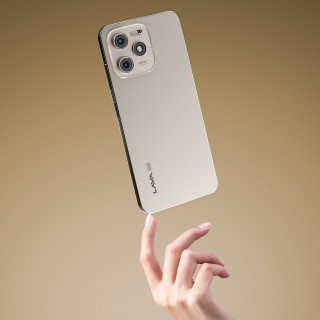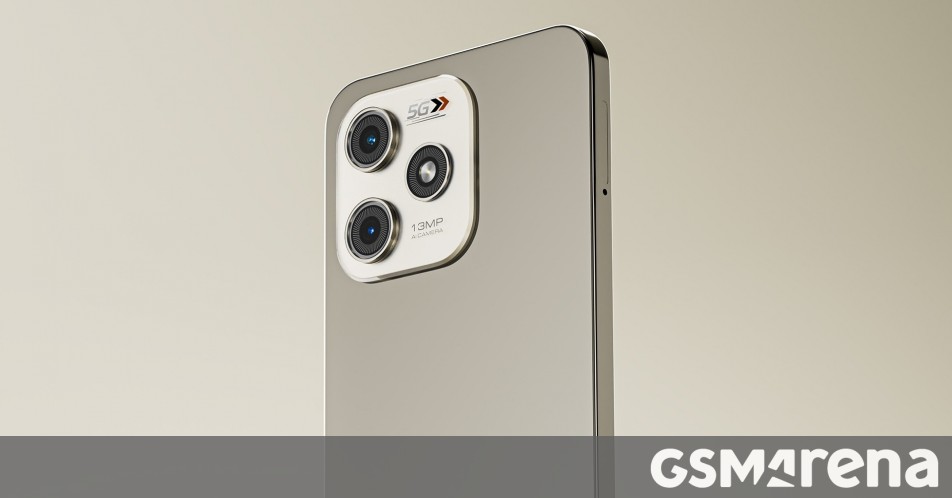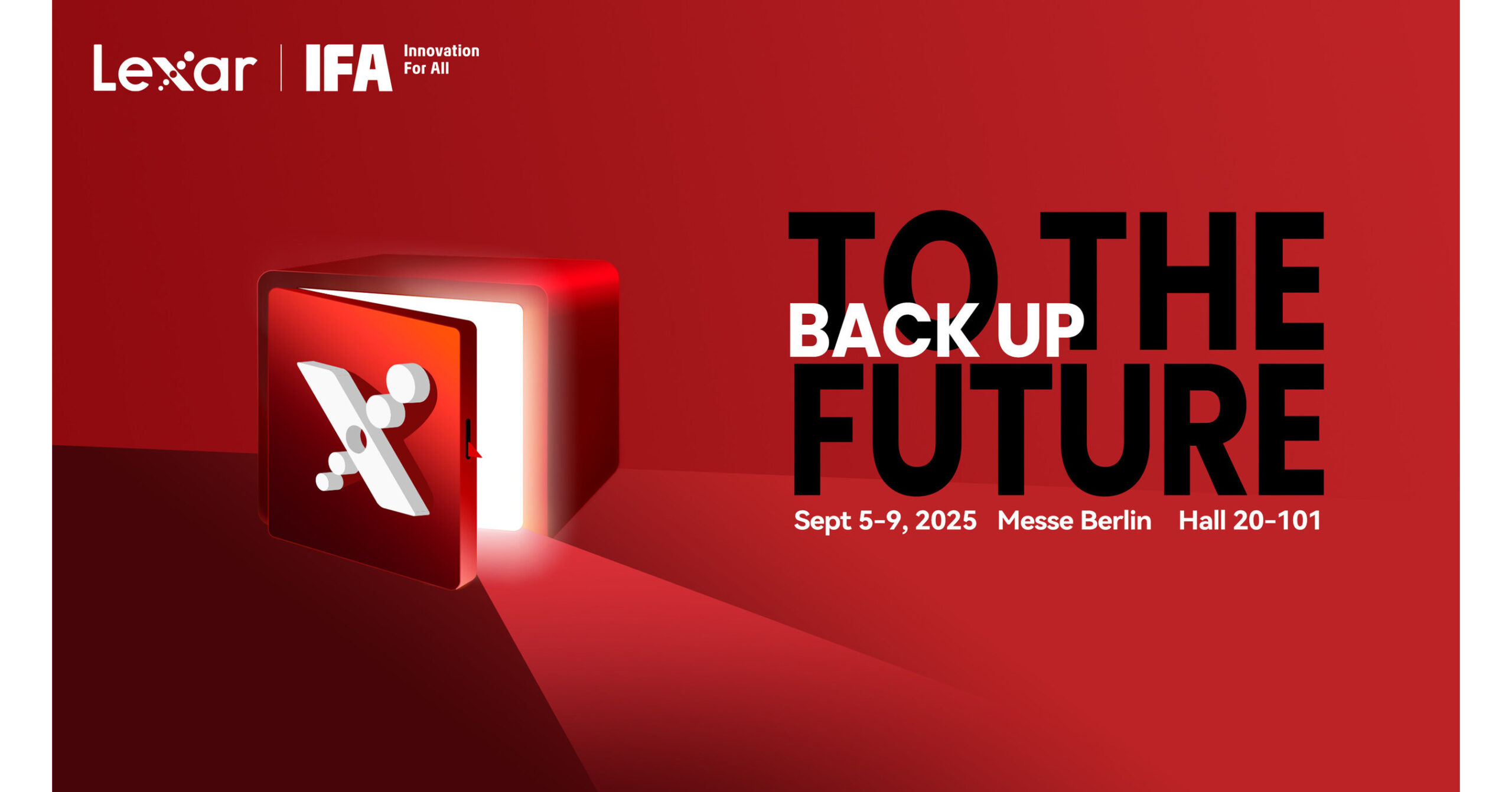The TCL C7K QD-Mini LED TV redefines modern luxury, transforming any living room into a cinema, stadium or concert hall with unmatched scale, clarity and sound.
Every generation claims to have lived through a revolution in technology, but not every claim stands the test of time. In television, many so-called ‘next big things’ have amounted to little more than incremental upgrades. The TCL C7K QD-Mini LED TV, however, is one of the rare innovations that genuinely deserves the title. It does not simply enhance viewing, it redefines technology and home entertainment.
When bigger truly means better
Scale is the most immediate impression. The TCL C7K QD-Mini LED TV is available in 75, 85, and 98 inches, transforming any wall into a stage. Films acquire a cinematic quality, live sport such as football or PSL matches feel stadium-sized, and gaming worlds expand into strikingly lifelike dimensions.
Unmatched detail, any seat in the house
Size without substance would be meaningless, and here the TCL C7K QD-Mini LED TV excels. The CrystalGlow HVA panel delivers a native contrast ratio of 7000:1, preserving rich darks, brilliant highlights, and precise details. The 98-inch model features 2,048 local dimming zones and brightness of up to 3,000 nits, ensuring clarity even in the brightest rooms. All-Domain Halo Control further enhances picture quality, offering vivid highlights, deeper shadows, and uniform backlight distribution.
At the heart of this performance lies TCL’s AiPQ Pro Processor. With AI-driven clarity, colour, HDR, contrast, motion, and scene optimisation, every frame appears natural and immersive. A 178° viewing angle ensures flawless images from any position, making it ideal for family binge-watching or cricket nights with friends.
No lag, no limits: Gaming redefined
For gamers, performance is key. A native refresh rate of 144Hz guarantees fluid motion and responsiveness. HDMI 2.1, low input lag, and rapid response times ensure competitive precision. The SuperWide GameView (21:9 and 32:9) expands the in-game perspective, while AMD FreeSync Premium Pro eliminates screen tearing and stuttering at virtually any frame rate.
Dedicated features such as GameBar and Game Master allow players to adapt settings on the fly, adjusting shadows or enabling aiming aids in FPS titles. Auto Low Latency Mode (ALLM) further ensures the lowest possible lag. For young Pakistanis embracing console and PC gaming, this makes the TCL C7K QD-Mini LED TV a true next-generation companion. For families, it guarantees sharper cartoons, smoother sport, and more dynamic blockbusters.
The Symbol of Elevated Audio – Bang & Olufsen
What distinguishes the TCL C7K QD-Mini LED TV from its peers is the integration of sound. In partnership with Bang & Olufsen, TCL has gone beyond simple tuning. The speakers have been engineered by Bang & Olufsen’s acoustic experts, refined through international Golden Ear testing, and perfected so that every note resonates with clarity. Explosions extend beyond the room, whispers carry intimacy, and orchestral passages unfold with texture.
BeoSonic further enhances the experience, allowing users to alter the mood of their music in real time. With a simple movement across the intuitive interface, Bang & Olufsen’s acoustic algorithm reshapes the sound, ensuring that audio does not merely accompany visuals, but elevates them.
Redefining modern luxury
The true significance of the TCL C7K QD-Mini LED TV lies not only in its specifications, but in what it represents: a new vision of luxury. Where once luxury was defined by material possessions, today it is increasingly expressed through experiences. To turn a living room into a cinema, a concert hall or a stadium is modern luxury.
The QD-Mini LED revolution in Pakistan
This is why the QD-Mini LED revolution matters. It is not simply about brighter pixels or faster refresh rates, but about immersion, inclusivity, and experiences that leave an impression. Bigger, brighter, smarter – and, with the TCL C7K QD-Mini LED, finally brought together.
Step into the QD-Mini LED revolution with TCL Pakistan. Learn more and shop now at https://www.tclpakistan.com.
This content is an advertisement by TCL and is not associated with or necessarily reflective of the views of Dawn.com or its editorial staff.











